The motoring industry is never finished with new-found technical achievements and advancements, and never has that been clearer than in 2023.
This year, our technology correspondent Jesse Crosse covered just about every facet of automotive advancement, from a UK firm developing a 12,000rpm Porsche engine to tyres made out of old plastic bottles.
Here, we count down our favourite innovations from the past year. If you would like to find out more, you'll find a link underneath each one.
A Porsche 911 engine that hits 12,000rpm
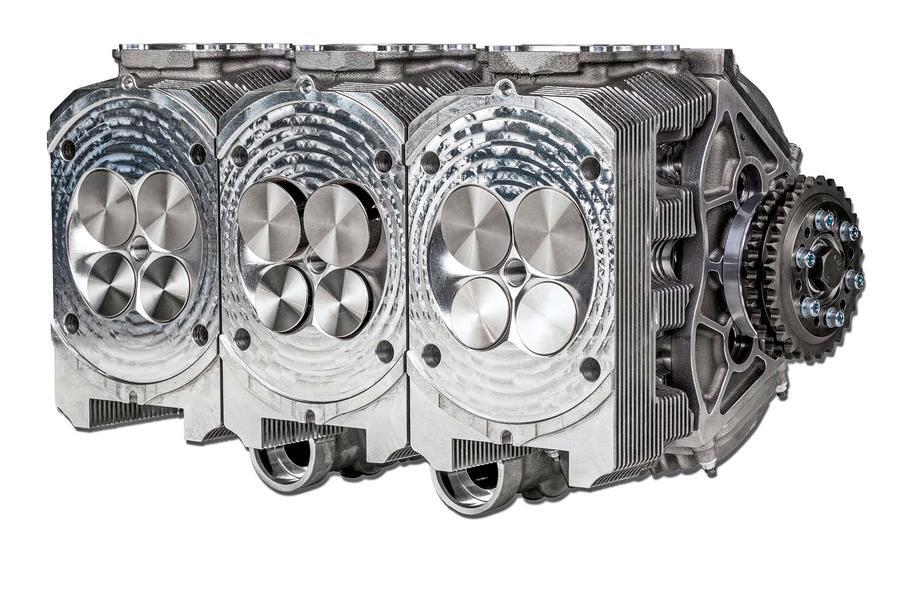
An upgrade for a Porsche engine might not sound that exciting, but this new four-valve cylinder head from Swindon Powertrain promises to turn it into an absolute screamer.
The kit is designed to be compatible with Porsche's M64 engine, which powered the 993- and 964-generation 911s, and uses two inlet and two exhaust valves rather than one of each.
This allows more air into the engine at higher revs without compromising the speed of the air entering.
What that means for the driver is a good torque spread, more power and, crucially, the ability to rev higher. With some internal fettling, 12,000rpm is achievable - nearly twice that of the standard 993's 6900rpm redline.
How to make a 12,000rpm Porsche engine
Interior lights that imitate sunshine
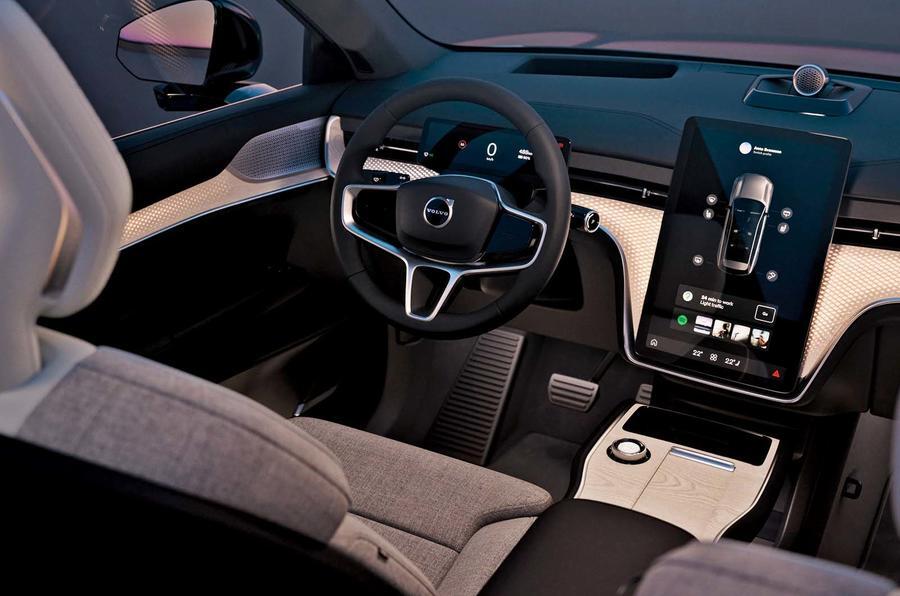
It was billed as "near-sunlight" lighting. Volvo drew the industry's attention to the potential for new-design LEDs to create a level and colour of interior light that enters the territory of mood enhancement.
The brief for Volvo's design team was to bring artificial sunshine to an EX90 owner's gloomy morning, using a range of colour temperatures that are said to be on the same colour spectrum as sunlight.
What does this mean for the passenger? Apart from bathing the interior in a warm glow, it's supposed to boost serotonin levels. It works in buildings, so why not cars?
Volvo's new interior lights that imitate sunshine
Fuel made out of fresh air
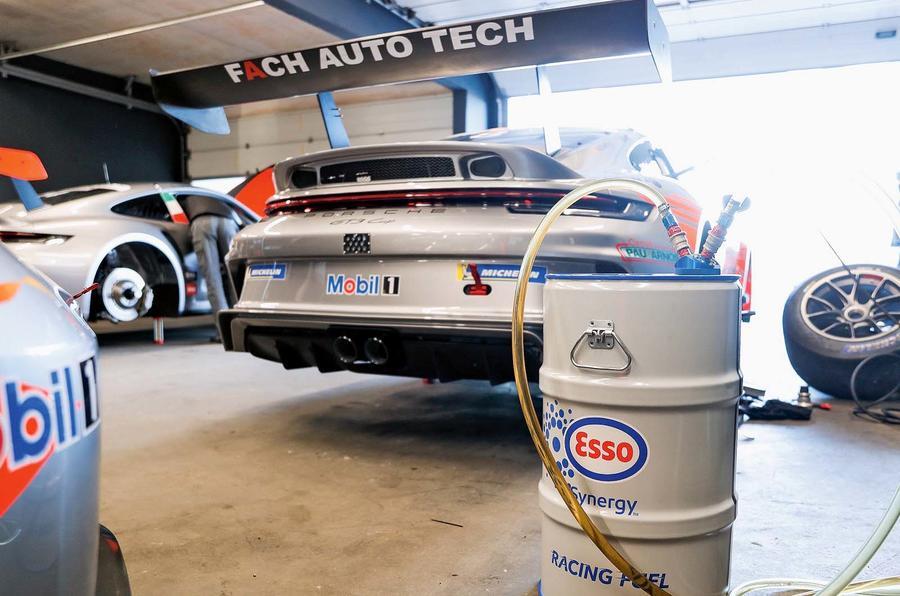
The wonders of direct air capture technology amazed us back in September.
This captures CO2 from the atmosphere and combines it with green hydrogen (made during electrolysis powered by wind-generated energy), and the product of this fusion is an e-fuel that's chemically equivalent to fossil petrol.
Therefore it can be used in existing combustion engines and even as jet fuel. If it were to be scaled up, it could be distributed around the world's filling stations.
The process by which the fuel is made is also quite simple, using a combination of CO2 filters, wind turbines and an electrolyser.
How to make fuel out of fresh air
Sustainable tyres in production
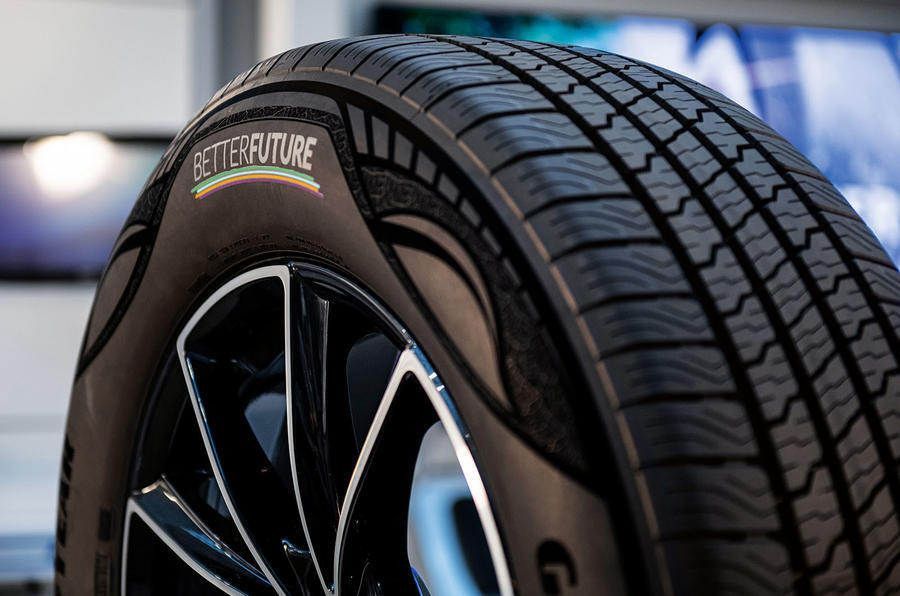
Soybean oil, rice husks and plastic bottles: these aren't materials that you would expect a tyre to be made from, but Goodyear has found a way to make it work.
Made of 90% sustainable material, the firm's demonstration tyre replaces petroleum-based ingredients for plant-based oil, pyrolysis oil, soybean oil and, tellingly, CO2.
The resins involved in production are no longer petroleum-based, switching to more environmentally friendly pine resin.
Much still needs to be done to put the tyre into production, but it might not be that far away.
At the beginning of 2022, Goodyear announced success in constructing rubber made of 70% sustainable materials, and that has gone into production this year.
Sustainable tyres pass a new milestone
EV solar panels
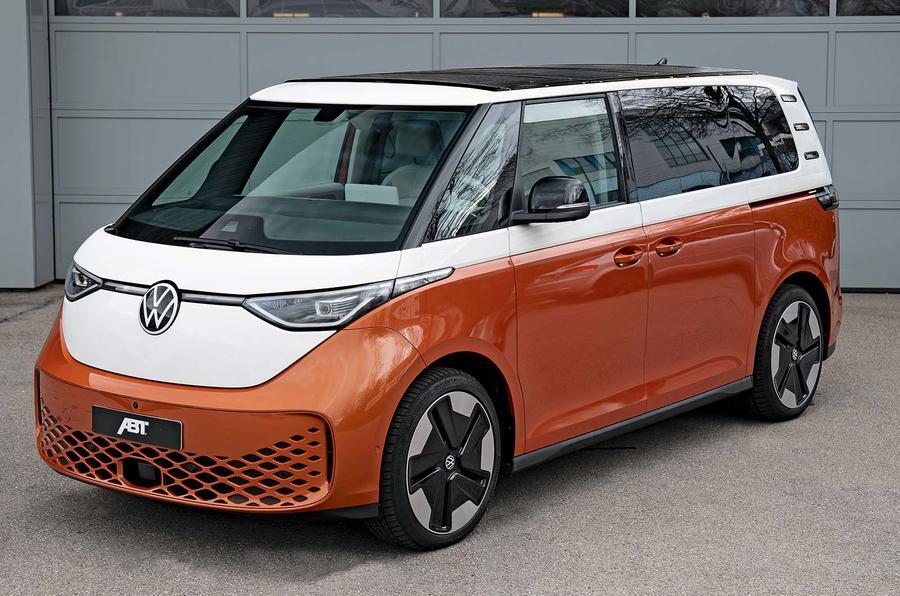
Solar panels on an electric car might not be a new idea (even those as obscure as the Fisker Karma dabbled in battery regeneration via the sun's rays), but the tech has never been taken seriously - until now.
German tuner ABT has developed panels to sit on slab-sided vehicles like the Volkswagen ID Buzz you see above. When fitted, ABT's panels generate 0.6kW of energy and give the Buzz an additional estimated range of 1860 miles each year.
Side panels are also under development, which will hopefully take the total energy generation to 1kW.
And it's not just ABT: the new Toyota Prius has the option of solar panels that can add up to 776 miles of range per year.
In fact, such is the spiralling appeal of this tech that Sono, a manufacturer of solar panels for EVs, has signed a purchase order with "one of the 10 largest (car makers) in the world". Watch this space!
How EVs can still make use of solar panels
Ammonia combustion engine
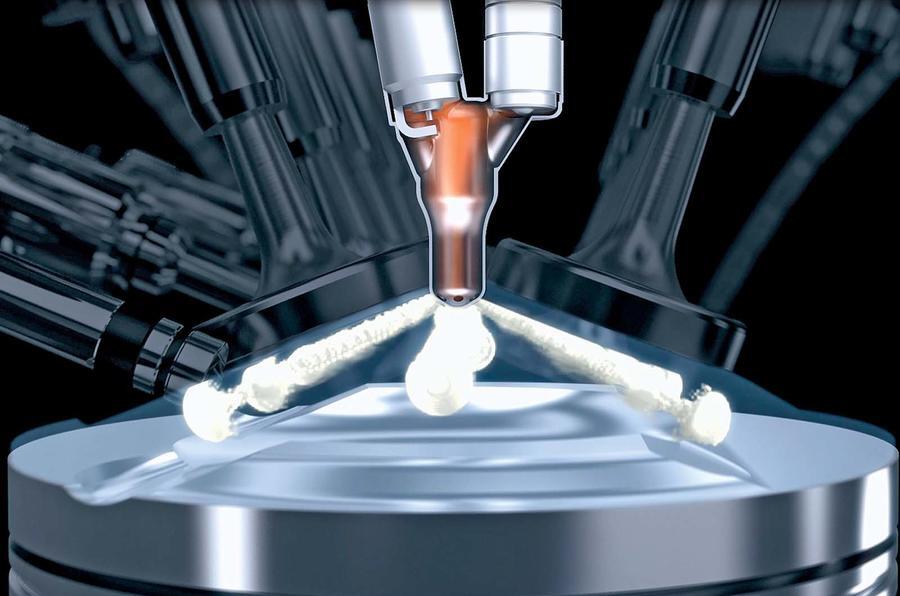
‘Sustainable fuel’ has been one of the industry’s favourite phrases over the past year, as manufacturers look for ways to decarbonise the existing fleet of petrol and diesel cars.
Chinese firm GAC and Toyota have worked together to develop one of the more novel solutions: burning carbon-free ammonia.
Ammonia is comprised of one part nitrogen to three parts hydrogen, which means an ammonia combustion engine is effectively a hydrogen combustion engine.
As well as being carbon-neutral, it’s also much easier to transport than pure hydrogen, as it liquefies under relatively low pressures: 7.5 bar, versus the 750 bar used to store hydrogen in an FCEV car’s fuel cell.
Only time will tell whether ammonia combustion will take off, but the more solutions to decarbonising the ICE cars already on the road, the better. After all, there are around 1.3 billion of them out there, according to S&P Global Mobility.
Is ammonia the key to cutting CO2?
Green brake caliper
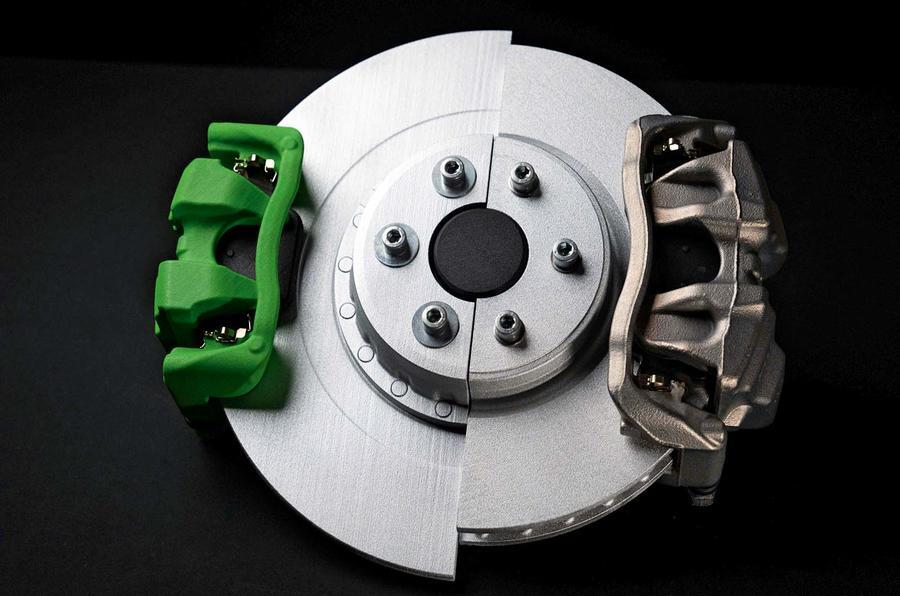
As the industry pivots to electric cars, concerns have been raised about how their weight affects particulate emissions from brakes and tyres. German firm Continental is addressing this with its new ‘green caliper’.
It reduces the residual brake torque – the force between the brake pads and disc after a driver has come off the brake pedal – to less than 0.2lb ft. This increases energy efficiency and in turn reduces emissions of particulate matter, as less braking is done by the discs and pads.
Combined with the regenerative braking provided by an electric motor, the green caliper makes brakes 5kg lighter per corner. This saving further improves an EV’s overall energy efficiency – therefore range – as well as its ride and handling.
How brake tech is advancing ahead of Euro 7
Even more rigid carbonfibre
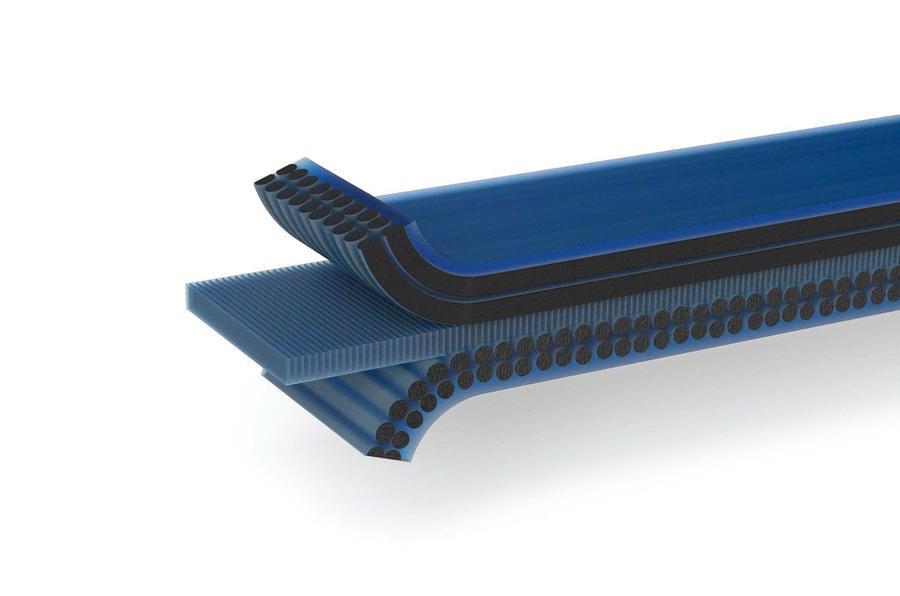
Carbonfibre has for a long time been the pinnacle of material engineering in the automotive sphere, but Nawa Technologies’ Nawastitch method takes rigidity to new heights.
It uses a thin film-like layer of carbon nanotubes, which is used to reinforce the glue layers in conventional carbonfibre. This is said to deliver a 900% improvement in impact resistance, while cutting weight by 20-30%.
Nawastitch is already in use for sports bicycle wheels and could soon be used for EV battery casings and inside hydrogen fuel cells.
How carbon tubes can slash emissions
Improved EV battery swapping
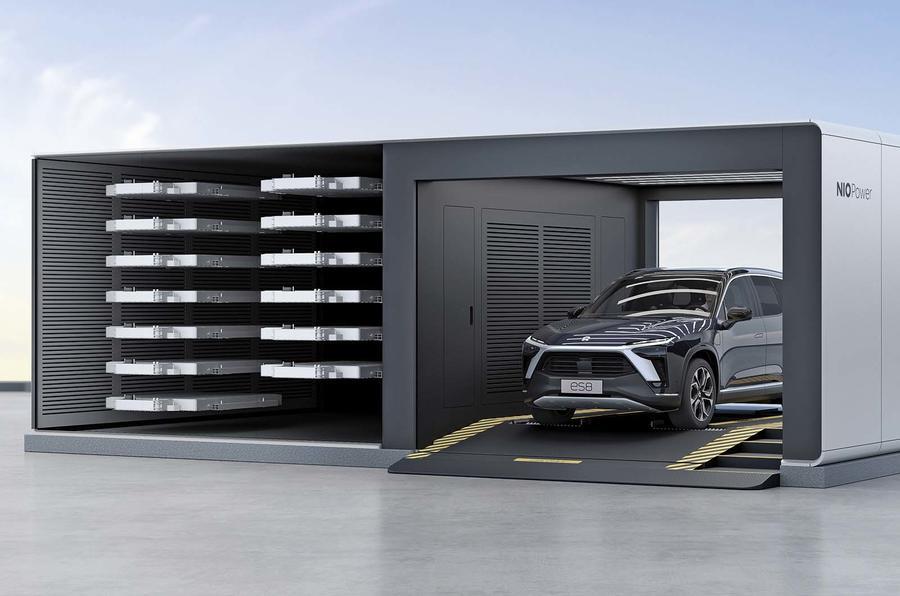
Chinese electric car maker Nio hosts a series of battery-swapping stations in its home country, capable of swapping a depleted EV battery for a fully charged one in minutes.
The major benefit, of course, is that a battery can be removed and replaced more quickly than even the most advanced EVs can be replenished by a rapid charger.
Nio’s major advancement this year was the launch of its third-generation swap station.
It’s capable of storing 21 batteries: sufficient for 408 swaps per day – a 30% improvement on the previous-generation station. And it takes just 2min 30sec to do so – quicker than a petrol pump can fill an ICE car.
How do Nio's battery swapping stations work?
Smarter powertrain packaging
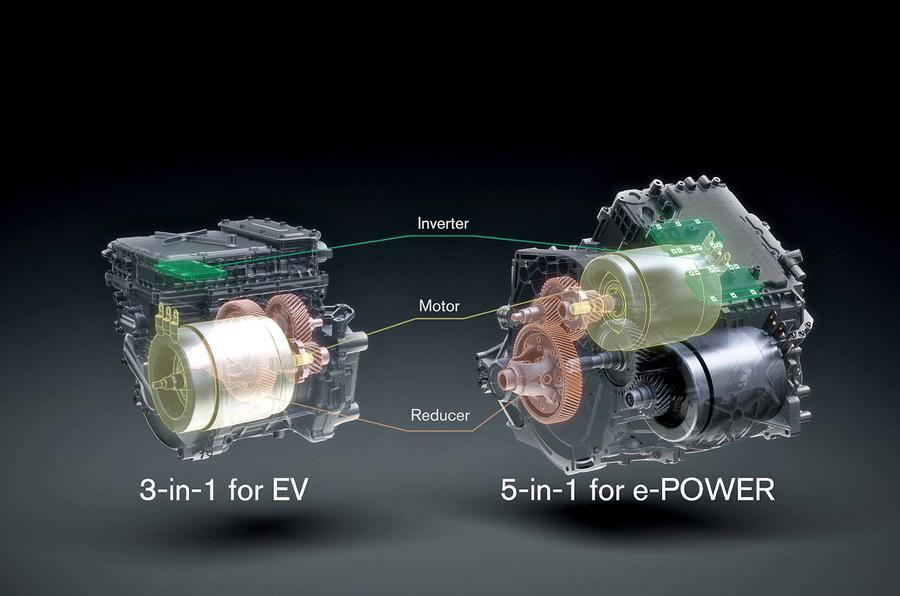
Nissan has revamped its powertrain development process, enabling it to run e-Power hybrid powertrains and electric drivetrains down the same production lines.
There are two approaches: three-in-one for battery-electric cars and five-in-one for use in e-Power hybrids.
The basic layout packs the motor, inverter and reducer into one unit, while the e-Power set-up adds a generator and increaser.
Packaging its hybrid and electric powertrains in such a manner will cut production costs by 30% (compared with 2019 levels) by 2026, claims Nissan.
It’s a critical step in hybrids (and later EVs) achieving price parity with today’s ICE cars.
Nissan's X-in-1 powertrain narrows ICE-EV cost gap
Bonus: Farewell to Bentley’s W12
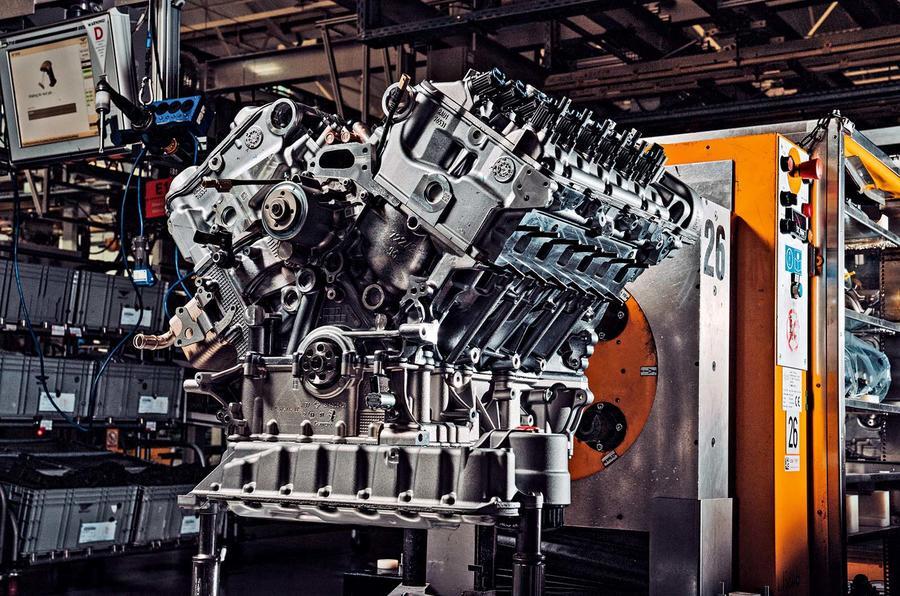
It might not necessarily have changed 2023, but the sentimentality of saying farewell to Bentley's iconic W12 is not to be sniffed at. It was discontinued this year after more than two decades of stellar service.
This engine was a masterpiece in packaging and found itself placed in 105,000 Bentleys over its lifetime, but its success comes from more humble beginnings.
Volkswagen's VR6 engine was launched in 1991 and wasn't far short of ingenious in its configuration.
It was a cross between a straight six and a V6, with each cylinder sitting alternately on two centre lines in a staggered fashion, as on the W12.
As a result, it was cleverly dense – shorter than a straight six and narrower than a V6 while retaining the firing order of the perfectly balanced straight six. That's the reason why Bentley’s W12 is so neatly packaged.
What Bentley's W12 owes to Volkswagen's VR6
Additional reporting by Charlie Martin








Add your comment